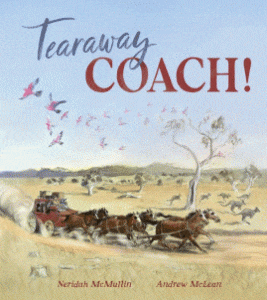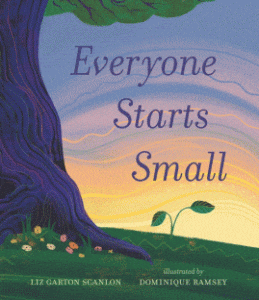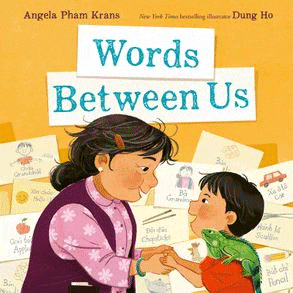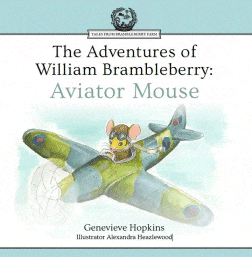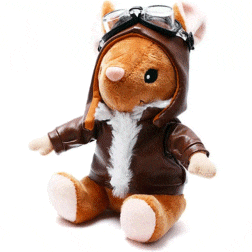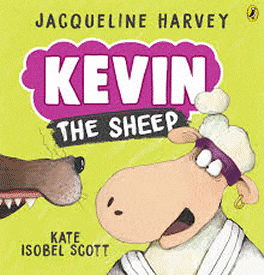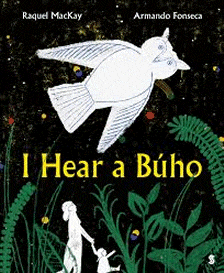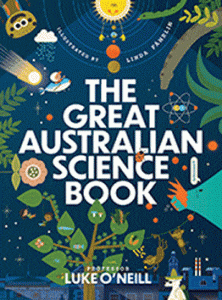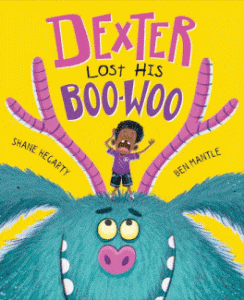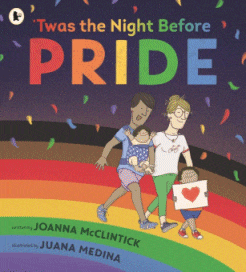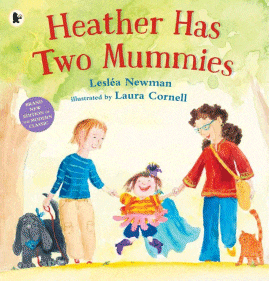
Heather Has Two Mummies
Heather Has Two Mummies
Lesléa Newman
Laura Cornell
Walker Books, 2016
32pp., pbk., RRP $A16.99
9781406365559
Heather’s favourite number is two – she has two arms, two legs, two pets and two lovely mummies, Mama Kate, a doctor, and Mama Jane, a carpenter, plus dog Midnight and cat Gingersnap. But when Heather goes to school for the first time, someone asks her about her daddy … and Heather doesn’t have a daddy! But then the class all draw portraits of their families, and not one single drawing is the same. Heather and her classmates realize – it doesn’t matter who makes up a family, the most important thing is that all the people in it love one another very much.
In the international bestseller, Lessons in Chemistry, which focuses on the attitudes towards women in the 1950s and early 60s, Teacher Mudford asks her Year 1 class to fill in a diagram of their family tree including a photo, but not only does she share what she learns about some of the diverse families of her students with other parents, but she persecutes those children who don’t have the stock-standard, mother-father-child/ren arrangement that was the only accepted model of the times.
Fast forward 30 years to the 1990s and the original version of Heather Has Two Mummies is published, despite many rejections from mainstream publishers because it was considered too controversial because attitudes had scarcely changed, and is challenged, banned, the subject of public debate, attacked by clergy and politicians alike. By the end of the decade it was the 9th most challenged book in US literary history.
Now, another 30* years on, the self-published first editions have become collectibles, and reprints are common in school libraries because diverse family structures are mostly more acceptable and children have both the right and the need to read about themselves. While as recently as 2015 teachers in some US states faced dismissal for sharing such stories, a situation that has become even more dire in some US states since the extreme right-wing presidency of Donald Trump with books with any sort of reference to sexual diversity being pulled from shelves and banned in state-sponsored legislation, nevertheless this book has persisted and has not been out of print for 35 years, indicating that there is clearly a demand for these sorts of stories that address the tricky topics that children live daily, that cause both confusion and anxiety, and which have to be shared if we are to normalise anything that is not the norm.
For those for whom such stories might be problematic because of the ethos of their schools, I invite you to read both the discussions that were generated in 2015 when I wrote the tricky topics hat for my 500 Hats blog and how it has been addressed in the Sample Collection Policy under Diversity and Inclusion. The mental health of our students is more prominent now than it has been in the past and much stems from feelings of being different, excluded, not belonging and so, IMO, we as educators have a responsibility to embrace diversity, to show that there is so much more that includes rather than divides. As the wise MS Molly in the story says, “each family is special, The most important thing about a family is that all the people in it love one another.”
